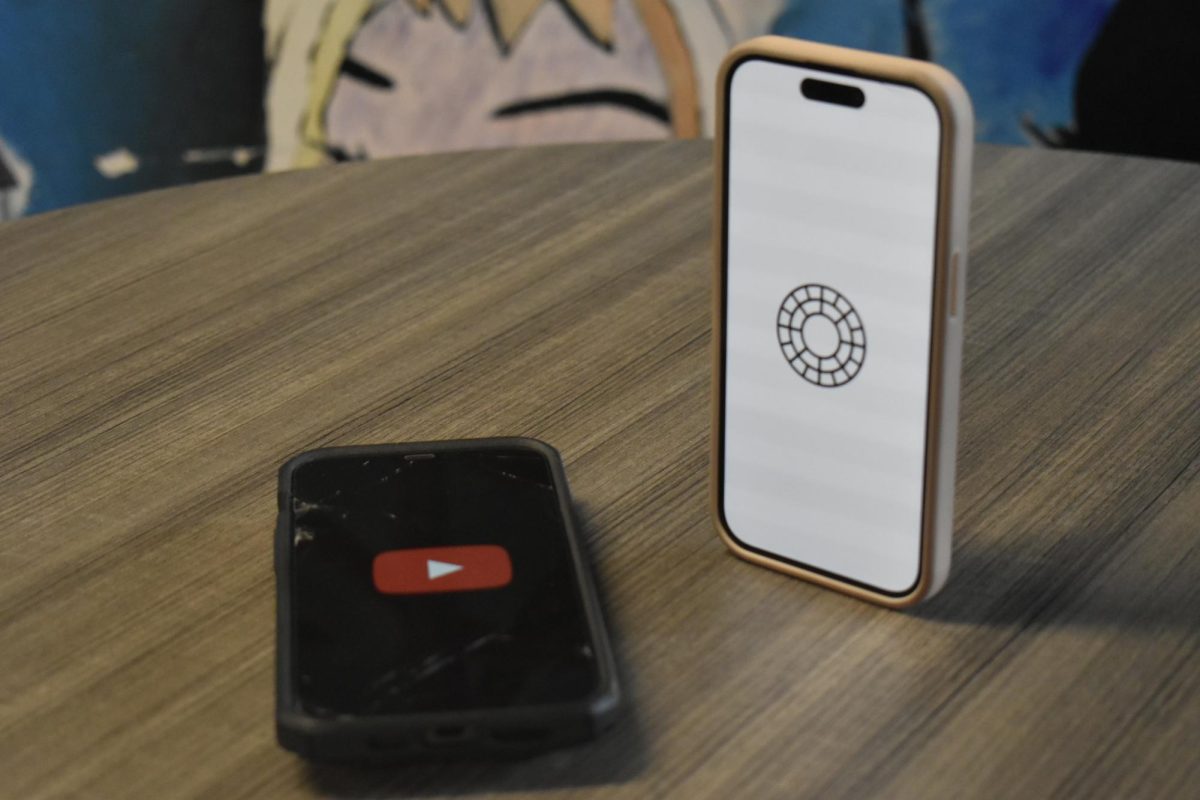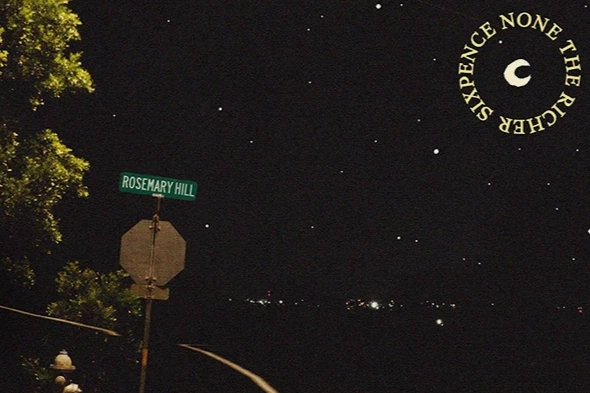Ever since its release in 2008 and its subsequent rise to popularity, Spotify has been threatening to snatch away Pandora’s top spot for music listeners. Though both make music come out of your speakers, there are significant differences between the two.
Pandora is part of the Music Genome Project, which uses a mathematical algorithm to organize songs that are divided and described by roughly 400 attributes to relate them. Once a song is characterized other songs with similar attributes can be found. When a listener looks up a song, Pandora finds more songs that have similar characteristics and the user may rate them. The more you rate the songs that you are presented with, the more Pandora narrows down what you like. In the end Pandora’s purpose is to introduce new songs and artists to the user.
Spotify has a slightly different purpose. Spotify gives the option of creating an account through Facebook and Twitter, and when you listen to a song or make a playlist Spotify tells your friends what your listening to. Spotify also allows the user to send songs and playlists to their friends. Unlike Pandora, Spotify bases its recommendations on what your friends are listening to and other publicly made playlists. Recently however, Spotify has added a radio function similar to that of Pandora’s; users can enter the name of an artist or genre into the search and Spotify finds songs relating to the search item.
There is no such thing as a free lunch, and listening to music is a similar concept. Both Pandora and Spotify use ads to pay for the music they offer. Pandora uses both visual and audio ads. While the audio ads are scheduled to occur between songs, the visual ads have very little affect to the listening experience. The ads themselves come up on banners on the screen but have no audio and do not stop the music. On the other hand, Spotify has more audio ads than Pandora, though the App itself has less ads than its computer version.
Don’t want adds? Both Pandora and Spotify offer premium versions of their free app. Spotify gives two options, unlimited and premium. The unlimited account ($4.99/month) is cheaper and has unlimited music without ads. The premium ($9.99/month) account offers no advertising, and you can play music on your mobile phone and offline. PandoraOne ($36/year or $3.99/month) has no ads and the ability to listen to music straight without needing to occasionally interact with the app, as you need to with the free version.
Both Pandora and Spotify offer an option to skip songs, so that the user does not have to sit through a song they dislike, but only a limited number of skips are allowed within an allotted amount of time. Pandora offers users 6 skips within the space of one hour. If a user thumbs down a song Pandora automatically skips the song, and this counts towards the users allowed skips. Spotify offers only 5 total skips. However it offers a counter so that the user can better decide if they wish to skip a song or not. Unlike Pandora, hitting thumbs down does not skip a song.
Spotify also offers a desktop version of its app to use on the computer. Similar to iTunes, Spotify’s desktop version offers the ability to search for individual tracks, skip and rewind songs, while also syncing to your iTunes library.


![There are more than 20 open cardio machines at Crunch Fitness. I enjoyed the spacious environment at Crunch, a sentiment that was shared by sophomore Sanjana Daggubati. “[Going to] Crunch Fitness was the right decision because [it] feels more professional. Crunch’s workers are laid back, but not to the point where they don't care,” Daggubati said.](https://pwestpathfinder.com/wp-content/uploads/2025/09/IMG_5242-1-1200x900.jpg)

![Various empty Kit Kat wrappers crowd the desk, surrounded by scoring sheets. While production of Kit Kat flavors in the U.S. is limited, Nestlé, the owner of Kit Kat, manufactures hundreds of unique flavors in Japan, including the flavors ocean salt and passion fruit. “I thought there [were] some interesting flavors, and a lot of them were really unexpected,” senior Elle Levesque said.](https://pwestpathfinder.com/wp-content/uploads/2025/09/image-2.png)


![Pantone’s selection of the 2025 Color of the Year is revealed: Mocha Mousse. Ceramics teacher Ashley Drissell enjoys this year’s selection. “Maybe it’s the name but [Mocha Mousse] reminds me of chocolate and coffee. It makes me hungry. It’s very rich and decadent,” Drissell said.](https://pwestpathfinder.com/wp-content/uploads/2025/02/DSC_0015-1200x800.jpg)


